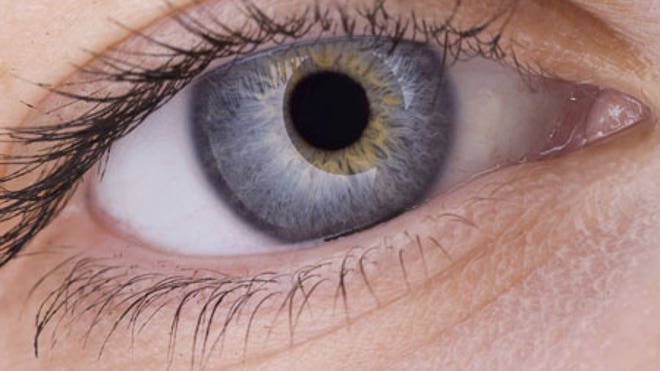A Massachusetts biotech firm reported that a treatment based on embryonic stem cells might help restore vision. This article from the Wall Street Journal further explains this study.
Vision Improves for Some Patients in Clinical Trial
Researchers have used stem cells from human embryos to treat patients suffering from severe vision loss, the first time the technique has been shown to be both safe and potentially effective in a sustained way.
The clinical trial, done in 18 U.S. patients, is an important advance in the quest to get the controversial treatment to the clinic—a road marked by years of ethical concerns and legal and political battles.
The latest trial was designed to test whether the stem-cell approach was safe and didn’t lead to tumors or other serious side effects. On that score, the trial was successful.
“It has come through with flying colors,” said Chris Mason, professor of regenerative medicine at University College London, who wasn’t involved with the study.
Given the small number of participants and lack of controls, it is harder to ascertain whether the treatment is broadly effective. Nonetheless, some participants seemed to benefit.
One patient was a 75-year-old rancher from Kansas whose eyesight improved to the point where he could ride a horse again. Another patient went to the mall for the first time. Another traveled to the airport by herself.
“We’ve been hearing about embryonic stem cells for a long time,” said Robert Lanza, chief scientific officer of Advanced Cell Technology Inc., ACTC +3.31% of Marlborough, Mass., and co-author of the study, published Tuesday in the journal Lancet. “We needed some news to show this technology is indeed safe and can help people.”
Embryonic stem cells are master cells that can become all the other cells in the body. The hope is that they can be manipulated to create fresh tissue to transplant into patients and thus treat a range of ailments, from Alzheimer’s to strokes.
It is a controversial approach. Some people oppose removing stem cells from a human embryo because it gets destroyed in the process. They believe that is tantamount to destroying a life.
The stem cells in the trial were used to treat two debilitating eye diseases. One, dry age-related macular degeneration, or AMD, is responsible for more than 80% of the blindness in the developed world. The other, Stargardt’s disease, is the most common form of juvenile blindness and afflicts more than 25,000 people in the U.S. alone.
Both involve the retina—a layer of tissue inside the eye that houses two kinds of light-sensitive cells, rods and cones. There is another layer called the retinal pigment epithelium, or RPE.
The job of RPE cells is to nourish and support the rods and cones. When either of these diseases strikes, the RPE cells stop functioning properly, causing the rods and cones to deteriorate and leading to a progressive loss of vision.
In their trial, Dr. Lanza and his colleagues first obtained an eight-cell embryo from a fertility clinic. (The embryo was left over from fertility treatments and was destined for destruction.) They extracted a single cell, multiplied it in a lab dish and converted some of the resulting cells into RPE cells. The lab-made RPE cells were then injected into the eye.
 |
| Transplanted cells appear as a dark spot on the retina of a person with macular degeneration. | Image Source: technologyreview.com |
Half the patients suffered from dry AMD, and half had Stargardt’s. For each patient, the lab-made cells were injected in the eye with the poorer vision. The median follow-up period was 22 months. The trial demonstrated that even after several months, the transplanted cells remained in place and didn’t trigger adverse immune reactions or tumors.
Vision tests suggested that 10 of the 18 treated eyes had improved sight, with eight patients reading more than 15 additional letters on a reading chart in the first year after transplant. Visual acuity remained the same or improved in seven patients, though it decreased by more than ten letters in one patient.
Overall, “we’re seeing a visual improvement,” said Dr. Lanza of Advanced Cell, which funded the study. “That was not what we were expecting—it’s frosting on the cake.”
What could account for the apparent change in vision? Dr. Lanza suggests that some rods and cones in the eye might remain dormant and the lab-made RPEs recharge them so that they function properly.
The research still has a long way to go. Because there were no controls, such as placebo injections in the patients’ eyes that weren’t treated, it isn’t clear whether the improved vision was because of the treatment or some other factor. To help answer that question, the scientists plan to launch a larger trial by the end of the year involving 100 Stargardt’s patients and several dozen who suffer from dry AMD.
Dr. Hitesh K. Patel established Patel Eye Associates to different eye conditions, including myopia, hyperopia, and glaucoma. Visit this Facebook page for more updates.


















